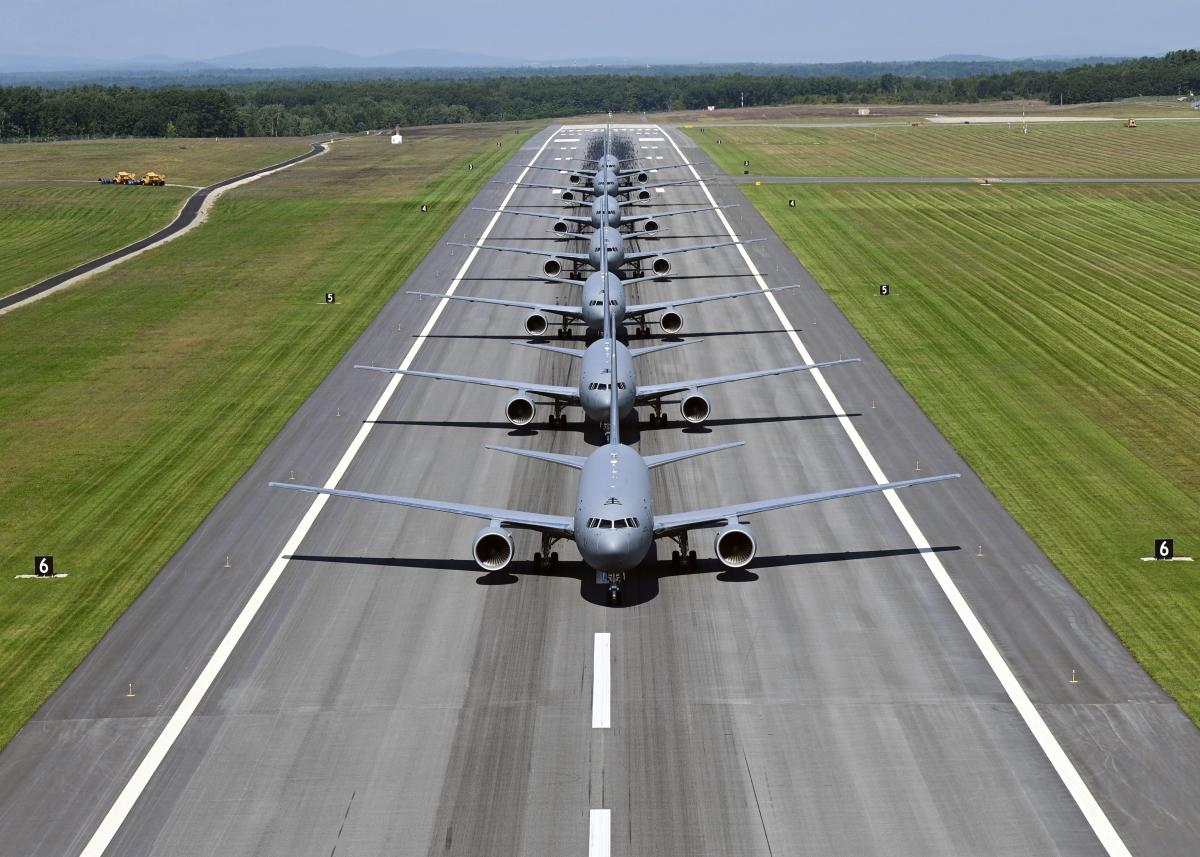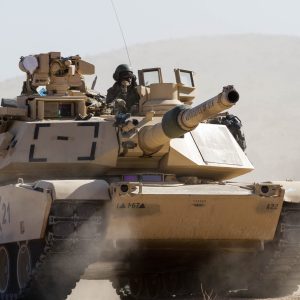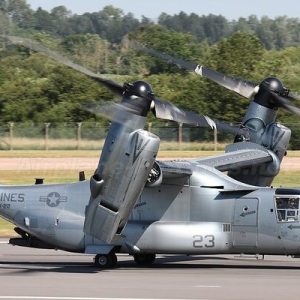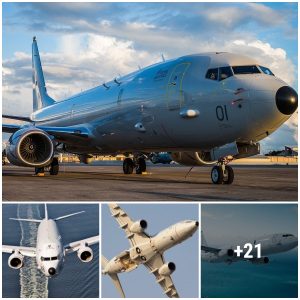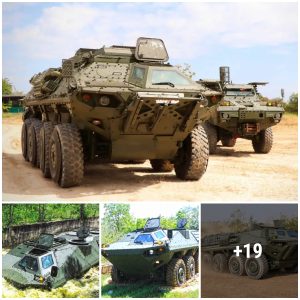Supply chain problems have delayed an effort to redesign the KC-46 tanker’s refueling boom, keeping the plane years away from being able to gas up the entire Air Force inventory.
Engineers are redesigning the fuel pipe to be more flexible so it can properly connect to the A-10C Thunderbolt II attack plane, the last military aircraft that remains off-limits to the Pegasus. The Air Force discovered the issue over four years ago.
“Pilots of receiver aircraft reported that the boom is too stiff during the part of the process when the receiver plane moves forward into the fuel transfer zone,” Defense News reported in 2018.
:quality(70)/cloudfront-us-east-1.images.arcpublishing.com/archetype/SPJ7IYZGGZF45G434YFER2VO54.jpg)
Boeing received a contract worth up to $55.5 million to redesign the boom in 2019.
But the effort to fix it has slowed. Moog, a subcontractor to KC-46 builder Boeing, is having trouble finding an actuator — the component that puts a machine into motion — that complies with military regulations, the Air Force said.
The service believes it will take at least three years for Boeing to start installing new hardware that resolves the “stiff boom” problem.
“The program is working to get a compliant actuator … for testing and will publish a new [boom redesign project] schedule as quickly as possible,” Air Mobility Command spokesperson Capt. Natasha Mosquera recently told Air Force Times.
:quality(70)/cloudfront-us-east-1.images.arcpublishing.com/archetype/AVYUMPC4FZHKXL44BHYBKHKTYQ.jpg)
Officials hope to wrap up flight tests in late 2023 and begin replacing parts fleet-wide in late 2025. But the service is also looking for ways to speed up that schedule.
The Air Force is already trying to make up for lost time amid myriad design woes.
In September, the military approved the KC-46 to fly daily missions around the world, including in combat zones. That decision accounted for several outstanding problems that the boom redesign aims to fix.
Air Mobility Command boss Gen. Mike Minihan said he remains confident in the tanker’s abilities and the workarounds in place to keep airmen and jets safe. Taking the Pegasus off the bench helps meet the military’s constant demand for fuel and allows the service to continue retiring older KC-135 Stratotankers and KC-10 Extenders.
:quality(70)/cloudfront-us-east-1.images.arcpublishing.com/archetype/6OQA6667PJDVZDJRUARDYNSXP4.jpg)
For now, though, the A-10 will keep gassing up at older tankers.
“The A-10 … remains too thrust-limited to overcome the stiff boom issue,” Mosquera said.
Even as a solution is in the works, the A-10′s future remains murky.
Congress has repeatedly rejected the Air Force’s requests to retire its gun-toting “Warthog” attack planes, a mainstay of America’s wars in recent decades. The service argues that the 1970s-era aircraft would likely be too vulnerable and obsolete in future conflicts with advanced surface-to-air missiles.
The Air Force has again asked to scrap 21 of its 260 A-10s in fiscal 2023. Lawmakers have yet to pass the annual defense spending and policy bills that would decide the outcome.
If the actuator project goes according to plan, a new boom could be ready for installation around the same time as an improved version of the tanker’s remote vision system. The RVS is a network of cameras, sensors and screens that lets airmen see the aircraft they need to refuel.
Boeing is working to resolve the software glitches and fuzzy displays that obscure a boom operator’s view. Air Force officials hope the new system will be available around October 2025.
“RVS 2.0 is experiencing delays due to subcontractor development timelines and airworthiness certification,” Mosquera said. “There is currently no delay due to any specific technical issues.”
Another major design deficiency, which caused the KC-46 boom to disconnect as a receiving aircraft slowed down, was corrected last year, she added.
Boeing must cover the cost of nearly $7 billion in multiple needed design repairs that have accumulated so far, about $2 billion more than the Air Force paid for the planes.
The service plans to buy at least 179 KC-46 airframes for $4.9 billion and has received 62 so far. Japan and Israel will receive four apiece as well.
Rachel Cohen joined Air Force Times as senior reporter in March 2021. Her work has appeared in Air Force Magazine, Inside Defense, Inside Health Policy, the Frederick News-Post (Md.), the Washington Post, and others.
